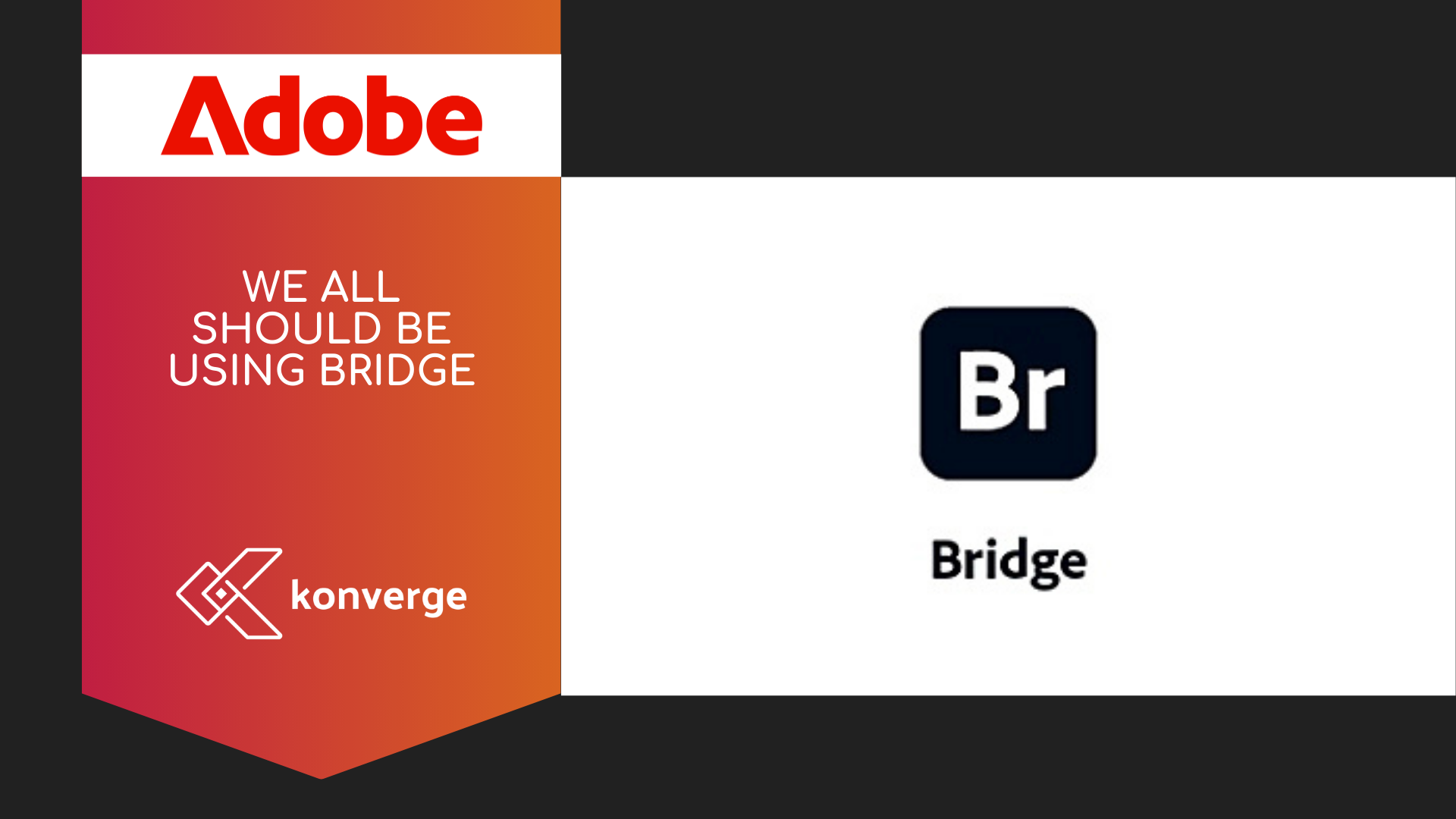Contact Us
Get us to contact you
We will contact you. Simply place your details below
Thank you for contacting us.
We will get back to you as soon as possible
We will get back to you as soon as possible
Oops, there was an error sending your message.
Please try again later
Please try again later
Latest Insights

By Johnny Thai
•
February 2, 2025
Digital content creation is happening faster than ever, that includes having so much image content or digital creations and staying organised is so important to not be overwhelmed and yet product high quality work. Whether you're a photographer, designer, illustrator, or video editor, managing thousands of files efficiently can be a daunting task. Adobe Bridge —a powerful, often underrated digital asset management tool that simplifies your workflow, enhances productivity, and integrates seamlessly with other Adobe Creative Cloud applications is essential to all users in the digital age (in my opinion). Adobe Bridge acts as a central hub for organising , previewing , and batch-processing media files . But beyond just being a file browser, it offers tagging , metadata editing , batch renaming , and automation features that significantly improve file management. If you've been juggling files manually, it’s time to discover why Adobe Bridge should be an essential part of your creative workflow.
Ask us anything
No matter what your question relates to, our IT specialists will be happy to help with any related enquiries.
We want to hear from you
Send us your details and we’ll get back to you to schedule a time to talk.
Contact us form Konverge footer
Thank you for contacting us.
We will get back to you as soon as possible
We will get back to you as soon as possible
Oops, there was an error sending your message.
Please try again later
Please try again later











